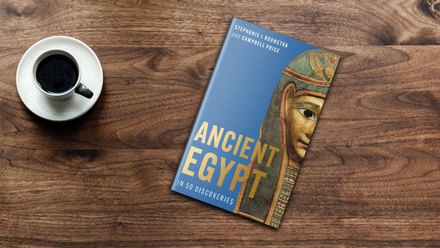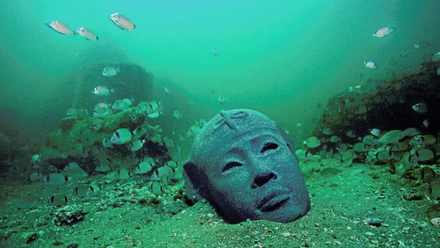Archeological Survey of Coptos
From the predynastic period onwards, Coptos has been one of the most favourable spots for human settlement in Upper Egypt. Blessed with an extensive agricultural area, this great river port sat upon the starting point of the Wadi Hammamat, one of the main routes connecting the Nile Valley with the Red Sea, thus giving access to the mineral deposits that were so prized by the ancients. Over more than four millennia the town was a flourishing economic centre, decorated with monuments from all the major rulers.
Despite its enormous archaeological potential and the preservation of the ancient city over an area of 1.5 hectares, archaeological missions in Coptos have been remarkably rare.
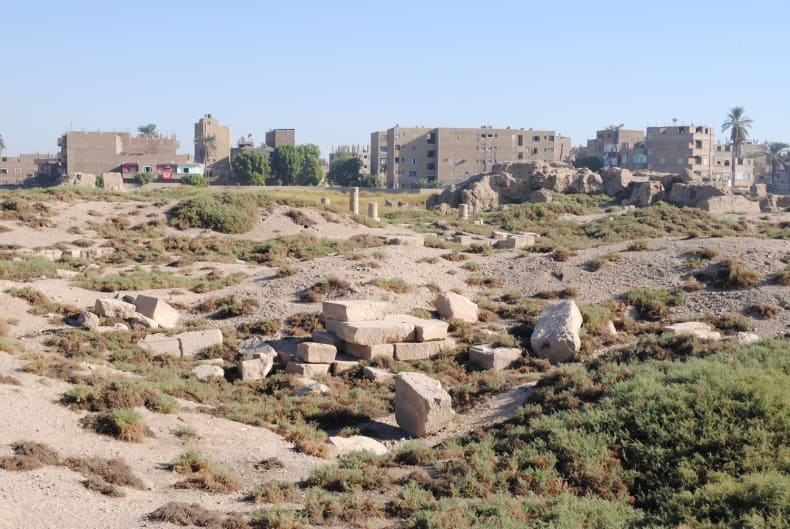 Worth to mention is the long campaign by Petrie in 1893-94 who identified the major stages in the development of the temple of Min and Isis.
Worth to mention is the long campaign by Petrie in 1893-94 who identified the major stages in the development of the temple of Min and Isis.
In 2002, with the support of the IFAO, a new archaeological mission resumed the exploration of the site under the aegis of a Université Lumière-Lyon 2 team. The mission cleared again the main structures that had been explored by Petrie: the "temple of Osiris" (more likely a barque station), the western Coptic church with its baptistery, and the temple of Min and Isis.
Since then, research has been focused on the area of the temple of Min and Isis. From 2005 to 2010, the south-east corner of the great temple's temenos has been cleared. This intervention has revealed a few dozen blocks of shelly limestone that belonged to three different doors, rebuilt in situ in 2016.
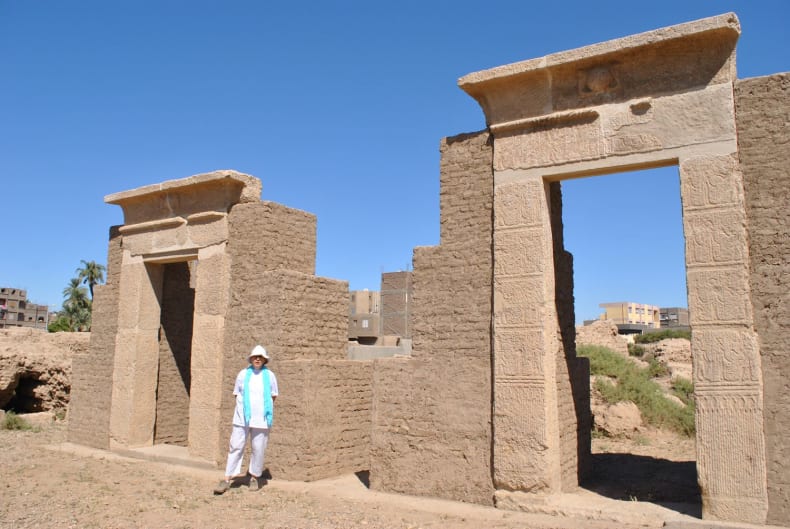
Several seasons of work have already been dedicated to the western Coptic church area. South of the baptistery is a later period quadrangular structure, now reduced to three lines of stones that mark its foundations.
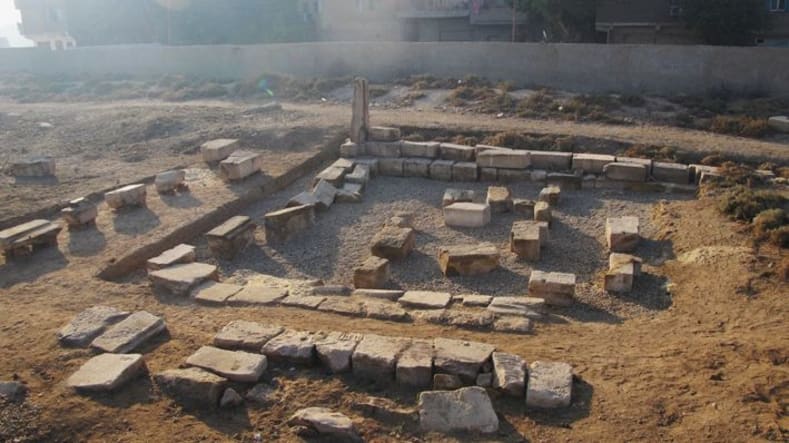
They are made of blocks bearing the name of Ptolemy IX Soter II, taken from a monument that was still standing when it was used as a quarry. The MoA authorised the dismantling of the remaining courses in 2013 and this has led since to the systematic study and preservation of these stones. To date, a monumental doorway has been identified, bearing four registers of scenes and fragments of several large scenes from the walls of two probably adjacent rooms.
A small chapel named for Ptolemy IV set within the temenos of Min and Isis that has been excavated since 2011 has proven to be a mammisi, according to certain characteristic scenes and texts that have fortunately been preserved. The stone floor of the small sanctuary is almost complete, whilst several architrave blocks lie around it.
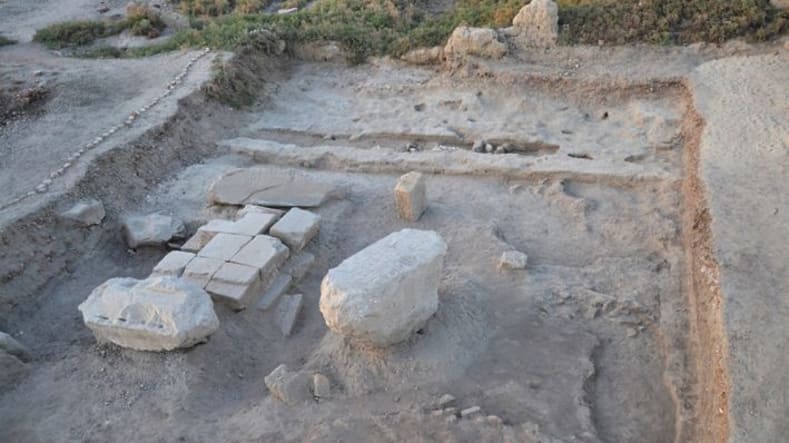
The systematic destruction of the building at the end of the 4th-beginning of the 5th century has left hundreds of decorated fragments, nowadays studied by a team of scholars.
From 2017, the work has been supported by the Egypt Exploration Society in collaboration with the Université Lumière-Lyon 2.
A first collection of Varia is under preparation. It will focus mainly on the enclosure walls, and the circulation paths within the town. Proposed site work for the coming campaigns includes continuing the excavation and study of the mammisi of Ptolemy IV, and dismantling the later period quadrangular structure in order to retrieve, consolidate and study the blocks of Ptolemy IX Soter II. A systematic inventory of the lapidary elements (both epigraphic and architectural) preserved on the site and in various museums and stores, as well as a bibliographic database are being developed and will be made available to researchers.
Further reading
Pantalacci, L, and Gobeil, C. 2016. ‘Coptos: the sacred precincts in Ptolemaic and Roman times’, Egyptian Archaeology 49, 4-9.

